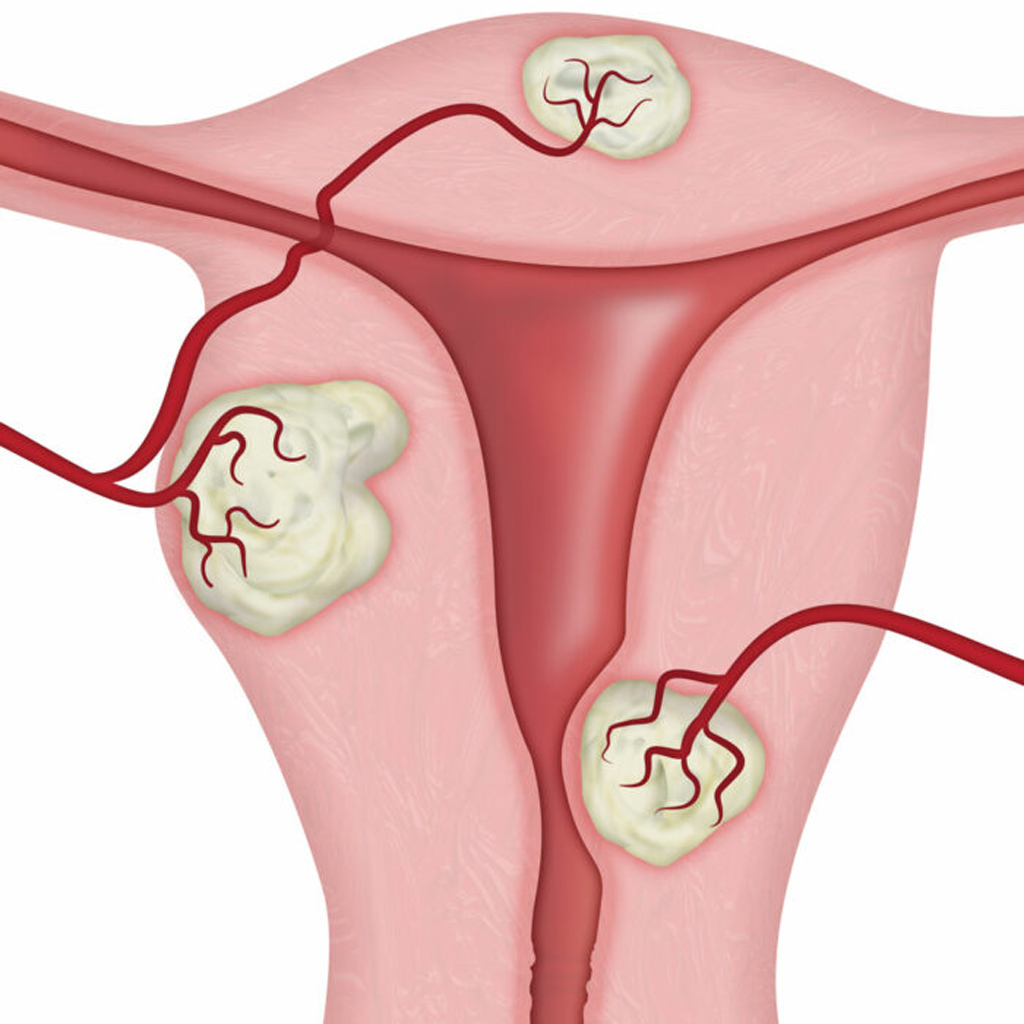What is a uterine fibroid?
A uterine fibroid is a noncancerous growth in the uterus that can be treated with uterine fibroid embolization. It typically appears during childbearing years. Many women have uterine fibroids, but often, uterine fibroids do not cause any symptoms. Some women might experience various symptoms including heavy menstrual bleeding, pelvic and back pain, extended menstrual periods, constipation, or frequent urination. Women with fibroids have several options for treatment, one being fibroid embolization.
What is uterine fibroid embolization (UFE)?
UFE is a safe, minimally invasive procedure for women with uterine fibroids. It is performed instead of a hysterectomy or myomectomy, both major surgeries. UFE has a shorter recovery time, and it requires only a small nick in the skin, where the catheter enters the blood vessel. The approximate success rate of UFE is 85%, making it a very effective procedure. Within five years, 20-25% of patients treated will experience a recurrence of symptoms.
What should I expect during UFE?
When you arrive at the hospital on the day of the procedure, you will change into a gown. A pregnancy test will be administered to you because the X-ray involved would be dangerous to a fetus. Through an IV, you will be given a sedative and antibiotics to protect you from developing an infection.
A local anesthetic will be applied to the location of the blood vessel, and a needle will be inserted into an artery. The doctor will then replace the needle with a thin tube called a catheter, which injects dye into the bloodstream. The dye and the X-ray confirm when the tube is feeding an artery to the uterus. This is when the doctor will inject particles to stop the oxygen and blood flow to the fibroid. After the blood flow is blocked, patients can return home while the fibroids gradually shrink over the next couple months. The procedure itself lasts about an hour.
When is UFE recommended?
UFE is recommended to individuals who experience symptoms from uterine fibroids and who do not want an invasive surgery such as a hysterectomy. UFE is effective for women with few or many fibroids regardless of size. Patients who have fibroids diagnosed by a gynecologist are often referred to a radiologist to discuss UFE. The radiologist will help determine if the patient is a good candidate for the procedure.
It can be more difficult to become pregnant after embolization, so UFE is not recommended for individuals desiring future pregnancies. There is also a slightly increased risk of miscarriage after UFE.
How do I prepare for UFE?
For UFE, there is usually no extensive preparation. You should not eat solid foods or drink beverages for at least 6 hours prior to your appointment. Water is allowed until 2 hours before the procedure.
What should I expect following UFE?
If the procedure is completed through the leg, you will be able to walk within a few hours of the procedure. If the procedure is complete through the wrist, you will be able to walk immediately afterward. There are no restrictions after UFE. Pelvic pain, fever, chills, and decreased energy are typical during the first few days of recovery, and it typically takes 7-10 days to recover. You will be given anti-nausea and pain medications. Most women notice the benefits of the procedure in 3 months. The fibroids will continue to shrink for 6-9 months.
What are the risks associated with UFE?
Because blood flow to the uterus is temporarily blocked during UFE, there is a slight risk that the uterus will become damaged and unable to recover. After UFE, it is possible for infection to develop involving dead fibroid tissue. These complications could lead to a necessary hysterectomy, a less than 1% chance occurrence. Although unlikely, you could stop menstruating temporarily or permanently.
UFE Treatment at Memphis Vascular Center
If you are interested in learning more about uterine fibroids or UFE treatment, please call our care team during normal business hours at (901) 683-1890.

